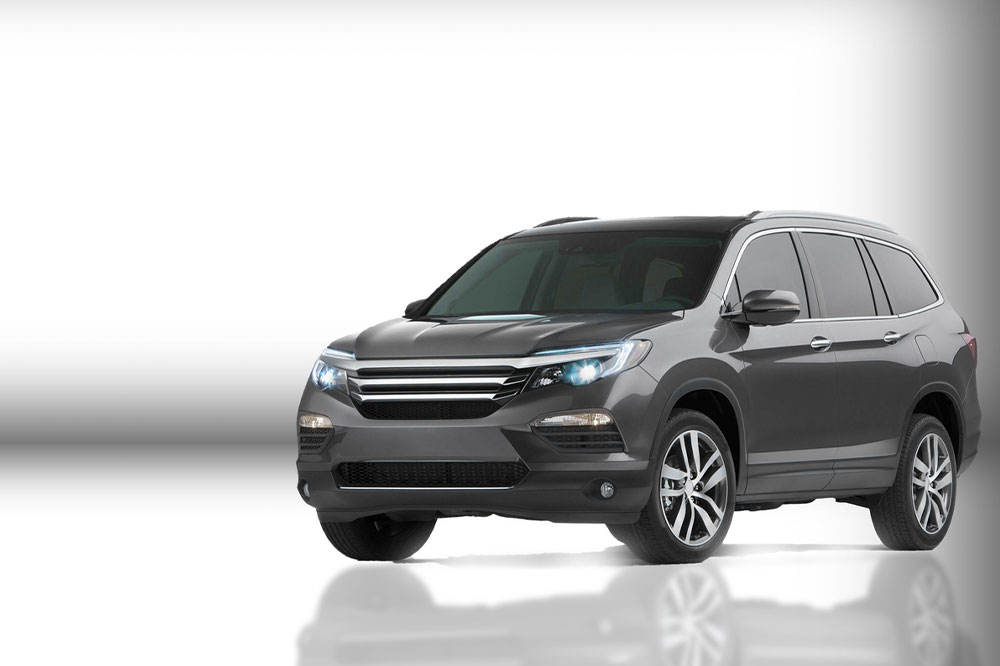Comprehensive Guide to the First Generation Toyota Sienna
This article provides an in-depth overview of the first-generation Toyota Sienna, highlighting its design, features, safety ratings, and evolution. It discusses key specifications, upgrades in 2001, and its competitive landscape, offering valuable insights for enthusiasts and prospective buyers interested in this iconic minivan.

Comprehensive Guide to the First Generation Toyota Sienna
Launched as a revolutionary minivan, the first-generation Toyota Sienna was often called the "Camry of minivans," marking a pivotal chapter in Toyota's legacy. Introduced in 1998, it replaced the mid-engine Previa with a front-wheel-drive design based on the popular Toyota Camry platform. Named after Italy’s Sienna region, this model was available in three trims: CE, LE, and XLE. It offered impressive fuel efficiency, averaging 16 mpg city and 22 mpg highway, which greatly contributed to its popularity among families seeking reliable transportation.
As competitors emerged, the Sienna received timely updates. The 2001 model year featured redesigned tail lights, updated bumpers, and a more powerful engine with variable valve timing. Enhanced HVAC controls and optional features like captain's chairs in higher trims improved comfort. Standard features included sliding doors and removable seats, emphasizing practicality. Notably, safety was a priority, with added side torso airbags and excellent crash test ratings, outperforming predecessors like the Previa. It faced fierce competition from models like Hyundai’s Odyssey, which matched many of its features.










